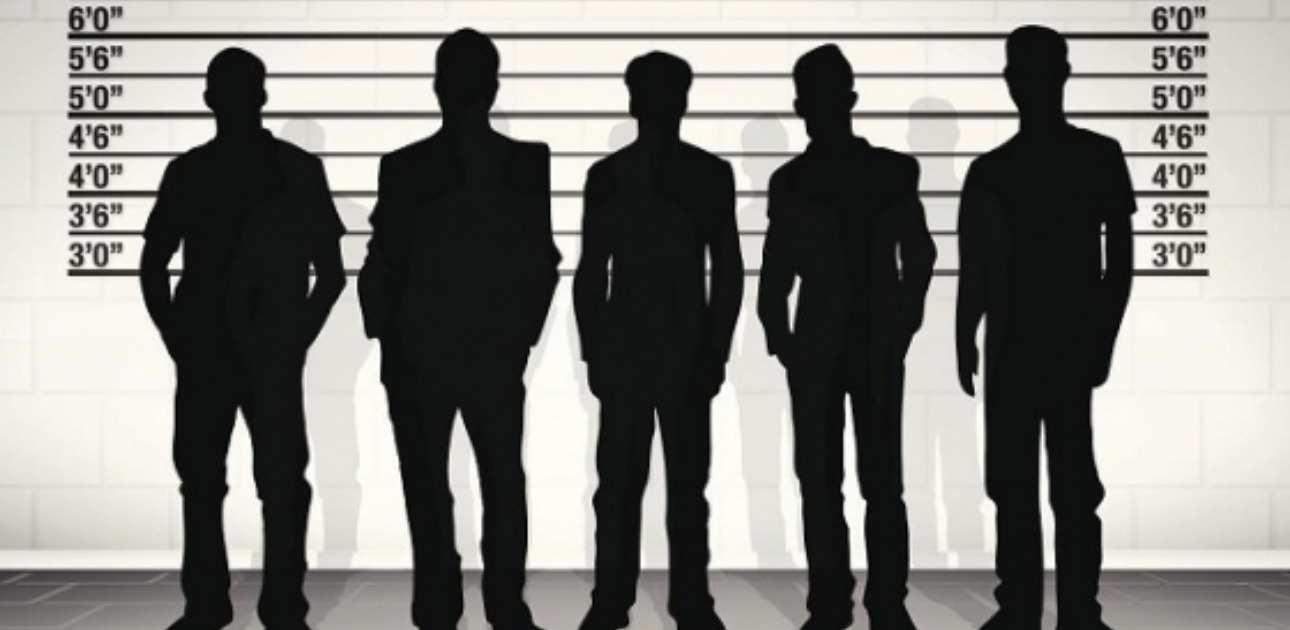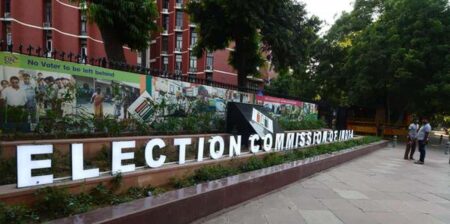Recently, the Supreme Court of India has raised significant concerns regarding the integrity of test identification parades when accused individuals are exposed to witnesses before the formal identification process. The apex court’s observation emphasizes the need to uphold the sanctity of these parades, which play a pivotal role in ensuring a fair and just judicial process.

Doubts Arise Over Test Identification Parade Sanctity as Supreme Court Questions Witness Exposure in Police Stations
The Supreme Court has cast doubts on the authenticity of test identification parades conducted by law enforcement agencies. This doubt stems from instances where accused individuals have been displayed to witnesses prior to the formal identification process, often within police stations. This practice potentially compromises the objectivity and fairness of the identification procedure, raising questions about the accuracy of witness testimonies.
Presumption of Innocence and Fair Trial
Central to the Indian criminal justice system is the principle of “innocent until proven guilty.” A cornerstone of this principle is the right to a fair trial, wherein accused individuals are given the opportunity to present their case and challenge the evidence against them. The veracity of witness testimonies and identification is crucial in ensuring a fair trial. Therefore, any practice that undermines the credibility of these procedures raises concerns about the due process of law.
Supreme Court’s Stand
The Supreme Court, through its recent observation, has underscored the importance of maintaining the integrity of test identification parades. The court has expressed reservations about exposing accused individuals to witnesses before the official identification process takes place. This exposure, often occurring within police stations, can lead to potential contamination of witness memory and subsequent identification choices.
Implications for Judicial Process
The doubt cast upon the sanctity of test identification parades has significant implications for the judicial process. If witnesses are exposed to accused individuals before the formal identification procedure, it can lead to unintentional or deliberate biases in their subsequent identification statements. Such biases can be influenced by factors such as suggestive comments made by law enforcement personnel or the mere presence of the accused in a familiar setting.
Preserving the Integrity of Test Identification Parades
To uphold the credibility of the judicial process, preserving the integrity of test identification parades is imperative. The Supreme Court’s concerns highlight the need for strict adherence to procedural guidelines and preventing undue influence on witnesses during the identification process. Law enforcement agencies must ensure that accused individuals are not displayed to witnesses before the designated parade, eliminating any possibility of suggestive interactions.
Reforming Identification Procedures
In light of the Supreme Court’s observation, there is a pressing need to reform identification procedures. This may involve implementing measures to prevent accused individuals from being exposed to witnesses before the formal parade. Additionally, the court’s concerns could prompt a review of the current guidelines for conducting test identification parades, focusing on minimizing opportunities for witness contamination.
Conclusion
The Supreme Court’s doubts over the sanctity of test identification parades when accused individuals are exposed to witnesses in police stations raise crucial questions about the fairness of the judicial process. Upholding the principle of a fair trial requires ensuring that identification procedures remain untainted by suggestive interactions. The legal system must take heed of these concerns and work towards preserving the integrity of test identification parades, safeguarding the rights of the accused and the credibility of witness testimonies in criminal cases.












